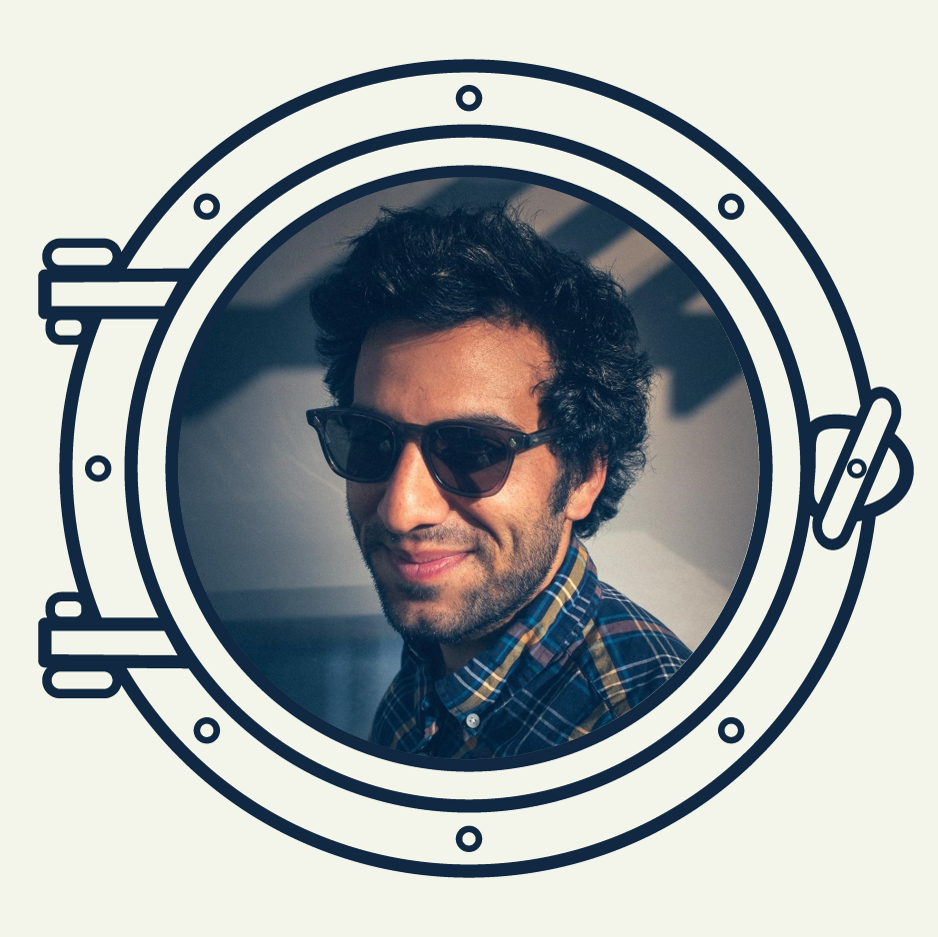Research Radar: Adam Subhas
Three questions that are often asked by someone applying to graduate school are:
- What kind of research can I do?
- In whose lab will I work?
- Is there funding for me in this program?
In the MIT-WHOI Joint Program, many faculty members at both MIT and WHOI may be seeking graduate students at a given time. One important consideration for an applicant is whether a faculty member has a project in the works that includes funding for a graduate student, because perusing the backlog of a scientist’s papers may not give the right picture of that person’s ongoing projects. Our Academic Programs Office has put together this page where faculty in the Joint Program can post about ongoing research projects with specific needs for new graduate students. Because the vast majority of these are funded positions, the faculty member has funding in-hand to support you if you end up working in the lab.

Dr. Adam Subhas of WHOI’s Marine Chemistry and Geochemistry department is one of the scientists looking for a student, and we asked him some questions about his experience getting into oceanography, and what kinds of traits he looks for in a student.
Adam was not trained as an oceanographer in undergrad. He came from a “very traditional chemistry background” and had no geology or oceanography courses under his belt. He spent a couple years after college working as a lab tech in a geochemistry lab, and knew the Earth sciences were important to him. When Adam entered graduate school at Caltech, he remembers that his cohort was hugely variable in age and experience: coming straight from undergrad, working in the field or in a lab, or even changing careers are all ways people came to graduate school.
For oceanography in particular, the fieldwork can involve going to sea, and we asked Adam if he had anything to say to anyone who hasn’t been on a research vessel on the ocean before:
“Get ready for a crazy first-time experience. It’s unlike anything else. All sorts of people, seasick and not, enjoy going to sea. Because it’s a team exercise, everyone’s got your back. The thing that strikes me most...is that everything is taken care of for you but the science.” Cruises, while not something every oceanographer does, are intense. The ocean can be a hard environment, and a ship runs around the clock. Luckily, the tricky business of moving the ship around the open ocean (and cooking, medical care, etc.) are taken care of by the professional crews. The scientists’ only job is to do the actual science: taking water, biota, and/or sediment samples, and doing what needs to be done with them. 
Knowing how to operate a research vessel is not a required skill to enter oceanography. When asked about the skills he values in a graduate student, Adam pondered a second and said, “The ability to stick with a problem.” Later on, he explained that “You never get to say when you’re done,” not in reference to a day at the lab but for a scientific career. While there are dissertations to write and experiments to run, the process of commenting, reviewing, and questioning never really ends. Scientists help each other expand our work and hold each other accountable. It’s that questioning that leads to a deeper understanding of the project, and in the back-and-forth of research Adam notes, “Writing is super important. It’s a mark of a good student if you can communicate your thoughts effectively. That’s not to say you’re doing it alone. Being at a program like this means you have a really big support network.”
The project for which Adam is seeking a grad student involves an unexpected pairing: viruses and mineral export. Concerning what a student might learn about the world during their research, Adam notes:
“The ocean is a massive carbon sink. These interactions [of viruses and plankton] are fundamental processes that are all linked together in this complex web. A student working on this project might make some interesting and novel discoveries. It’s kind of timely--everyone is talking about viruses.” He recommends listening to this Radiolab episode about coccolithoviruses.
Adam is also in a band called Deep Six. Someday, they will perform in person again. Maybe you’ll be there for it.
Read more of Through the Porthole Issue #1
Learn more about Through the Porthole
Learn more about the MIT-WHOI Joint Program